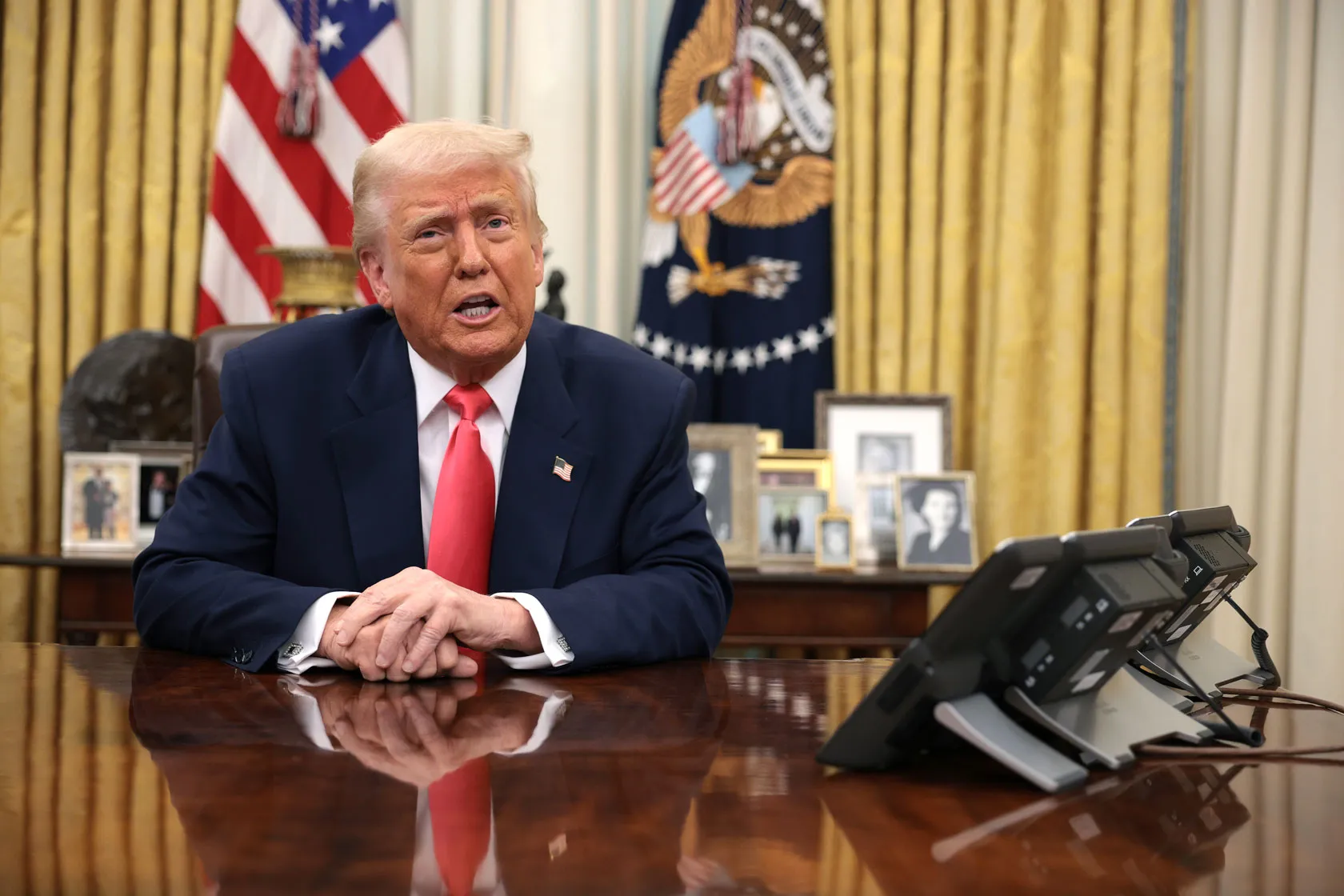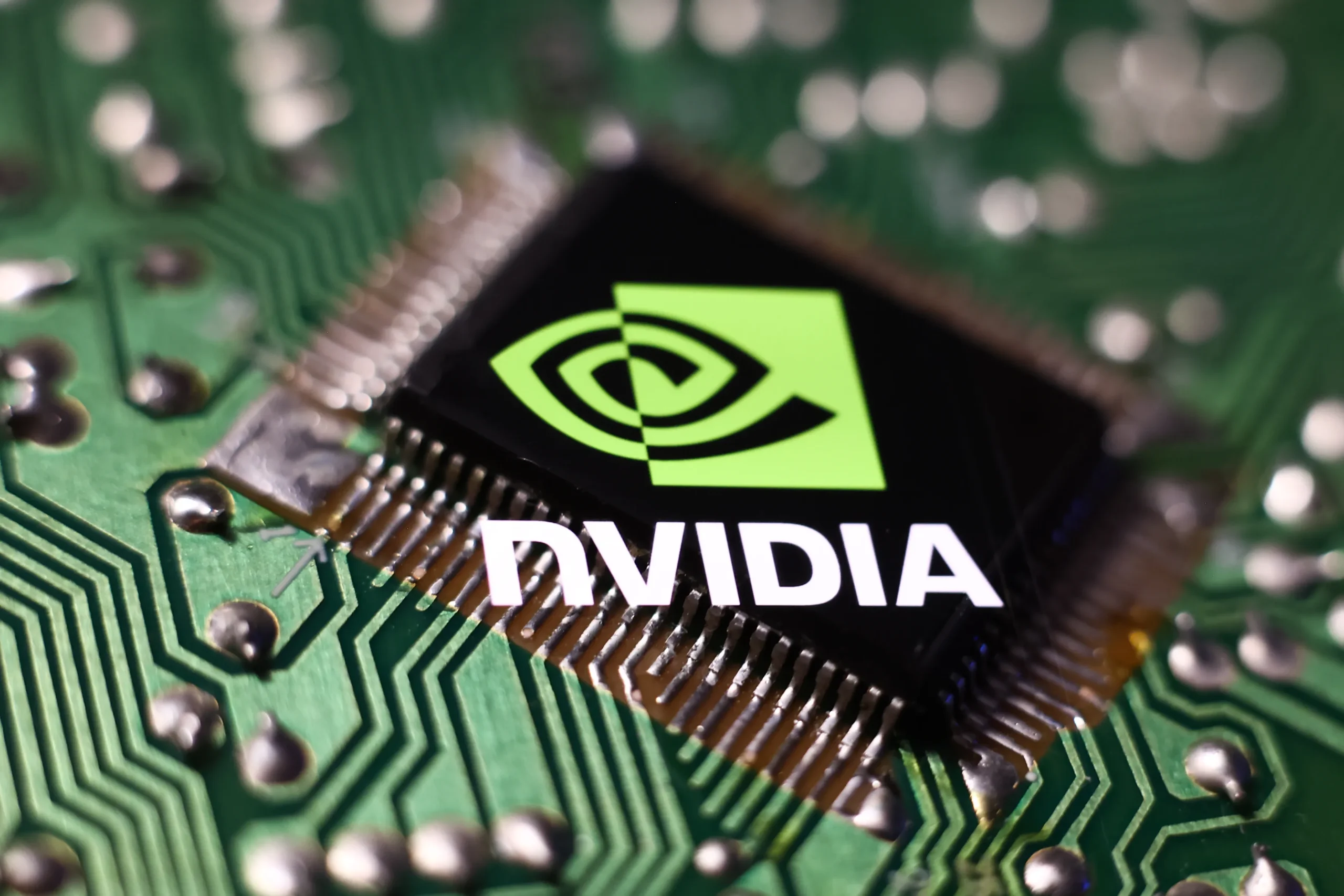In an unexpected move, President Donald Trump’s recent announcement of sweeping tariffs on foreign trading partners has sent shockwaves through the AI industry, leaving many tech investors and companies worried about the future. The announcement came with an unsettling reality for AI companies—tariffs could increase the already soaring costs of building the infrastructure needed to fuel the next generation of artificial intelligence.

AI Companies Face Rising Costs from Tariffs
As AI companies spend billions on new data centers to train AI models, the implementation of new tariffs on foreign imports will likely drive up the cost of the necessary infrastructure. Chris Miller, author of Chip War, explains the situation clearly: “The tariffs will make building AI datacenters much more expensive, both because AI servers are largely imported and will face tariffs, at least until supply chains can be rejigged, and because much of the other equipment in datacenters, like the cooling and power infrastructure, is imported as well.”

For AI companies, chips—the key computing hardware—are exempt from Trump’s tariffs if they’re imported into the U.S. as standalone products. However, the reality is that most chips arrive packaged inside products like servers, which will still face the sting of tariffs. This means that while the chips themselves might remain affordable, the products containing them won’t.
Silver Lining for Nvidia Servers
While the tariffs have sent many in the industry scrambling, there is a glimmer of hope for some companies. Stacy Rasgon, a semiconductor industry analyst at Bernstein Research, pointed out that many Nvidia servers are likely to avoid the brunt of Trump’s tariffs, as these servers are largely assembled in Mexico. This arrangement means they are eligible for a tariff exemption under the free trade agreement between the two nations

Rasgon views this as a “silver lining” for Nvidia, as it could help mitigate the increased costs brought on by the tariffs. “I think there are some workarounds to avoid massive tariffs on AI infrastructure in the U.S.,” Rasgon said. “We’d be making the U.S. the most expensive place in the world to build out AI infrastructure—that doesn’t sound like a great thing.”
Could AI Companies Consider Building Abroad?
Despite these workarounds, there are still significant concerns about the long-term effects of the tariffs on AI development. With costs for construction materials, computer parts, cooling systems, and power supplies rising, some experts fear that AI companies may look to build their data centers outside of the U.S. rather than facing mounting costs domestically.
Lucas Hansen, a specialist at the Civic AI Security Program, raised the possibility that these tariffs could push companies to seek cheaper alternatives overseas. “Datacenters already tend to congregate where power is cheap,” Hansen said. “It’s possible that tariffs are one more additional incentive for building those datacenters abroad.”
The potential shift to international data center construction could have far-reaching implications for the U.S. as a global AI leader. As Chris Miller warns, the U.S. might start losing ground in the AI race to countries like China—an issue that is not only an economic concern but also a key foreign policy goal for the Trump administration.
Long-Term Implications: Risks and Unknowns
The uncertainty surrounding Trump’s trade policies means that AI companies can’t plan effectively for the future. The short-term impacts of the tariffs are clear—higher costs for building data centers. But the long-term consequences remain unpredictable. Miller adds, “The short-term impact will be significant, and the long-term impact is unclear—and companies can’t plan for the long term because tariff rates will likely keep changing.”

The macroeconomic shifts caused by the tariffs could lead to additional problems for the AI sector. If the U.S. enters a recession and ad spending drops, major tech companies that rely heavily on AI might find themselves with less funding to invest in infrastructure. Rasgon cautions, “My bigger worry is more macro now: we go into recession, ad spending falls off, and the hyperscalers in general have less money.”
AI’s Future Cost: Is It Still a Bargain?
While the tariffs may drive up the cost of building AI infrastructure, the good news for consumers is that the cost of using AI may continue to fall. Research by Epoch AI suggests that the cost of using a given AI model is dropping rapidly—by about 40 times per year. This is due to improvements in algorithms, better hardware, and increasing competition in pricing.
Even if Trump’s tariffs make it more expensive to construct AI data centers, the efficiency gains in AI systems and the competitive pricing of hardware could offset the cost increases. In short, while the infrastructure costs may rise, the usage costs of AI models are likely to become more affordable over time.
The Road Ahead for AI Development
The impact of Trump’s tariffs on the AI industry is still unfolding. For now, the immediate concern is the rising cost of building data centers in the U.S., which could lead to more international construction and possibly slow down the rapid pace of AI development in the U.S. However, as the industry adapts, the long-term outlook for AI usage remains positive, with ongoing innovations likely to make AI more accessible to consumers in the future.

While the tariffs have introduced new challenges, the industry’s resilience and ability to adapt will be key to overcoming them. AI companies will need to navigate the shifting economic landscape and consider how best to balance the costs of infrastructure with the growing demand for AI services. The question remains—will these tariffs lead to a slowdown in the AI race, or will the industry find a way to adapt and stay ahead?










